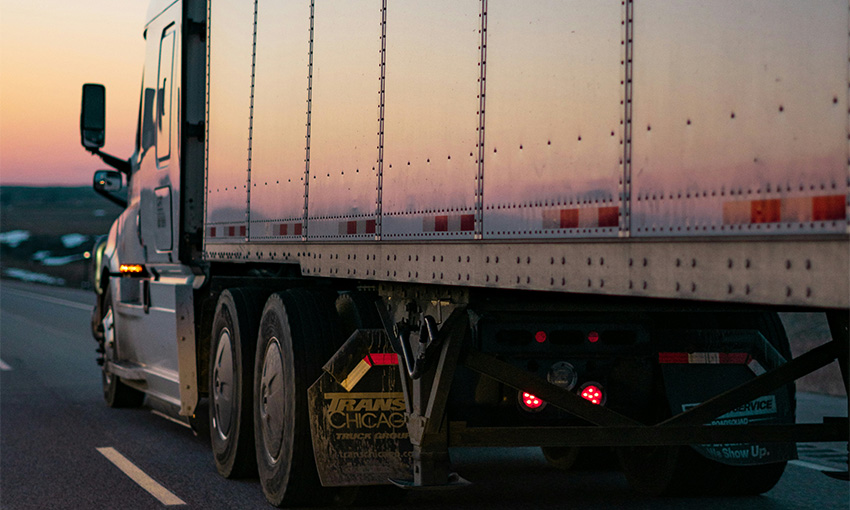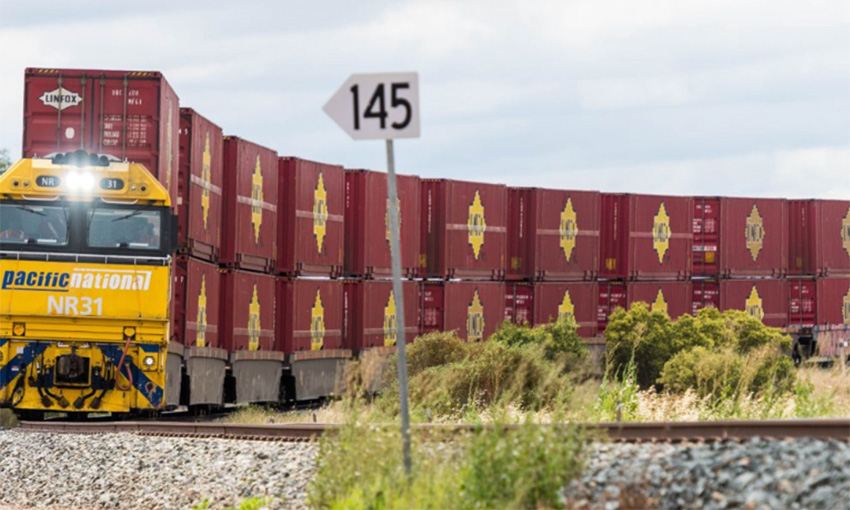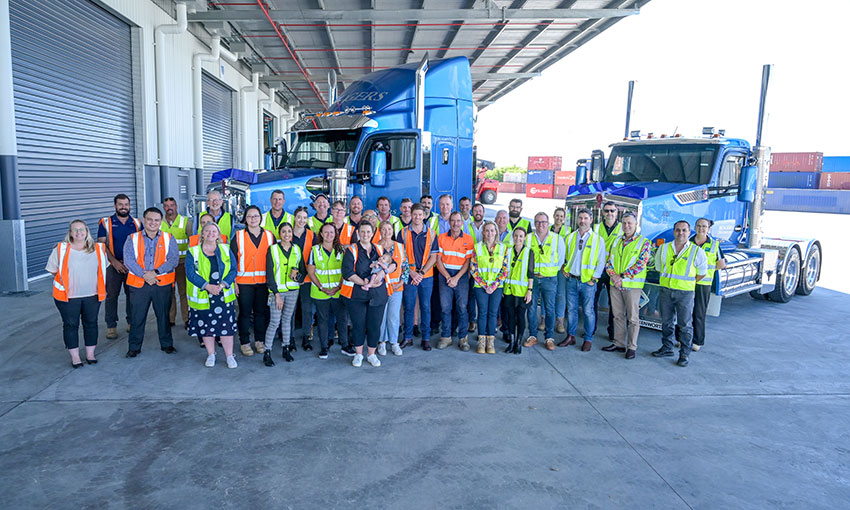THE Australian government has launched the National Location Registry, a new digital tool that provides pick-up and delivery location information to truckies. The information on the website includes operating hours, weight and height restrictions for vehicles, entry points, driver amenities and safety requirements for each site.
The registry is a key element of the Australian government’s broader National Freight Data Hub project, a $16.5 million investment to make a range of data available to support the freight industry.
This includes the recently launched Supply Chain Benchmarking Dashboard, which is providing detailed and interactive modelling of Australian transport and logistics supply chains across 130 commodities.
The registry will grow and reach new heights as supply chain participants add their data. Businesses are encouraged to register their location and encourage their suppliers and transport providers to use the registry as well.
For example, a farmer that diversifies their plots to different crops and sets up a new processing shed can put this shed on the registry so transport operators know exactly how to get in and pick up the produce to haul to markets.
This will take some of the stress off our transport operators to find the new shed, ensure the produce is picked up quickly and smoothly, and means the farmer doesn’t have to give this information each and every trip.
The National Location Registry is managed by not-for-profit standards organisation GS1 Australia and is available at nlr.org.au.
Deputy Prime Minister Barnaby Joyce said the registry will make it easier and quicker for freight operators to pick-up and deliver goods and take some of the stress out of their day-to-day work.
“For farmers, manufacturers and distributors, the registry will reduce some of the hassle and time it takes to get their products to where they need to go.
“Right across the country the collection and exchange of information about physical locations is all too often a manual process, which is costly to maintain and can lead to errors.
“The registry solves this problem by creating one digital platform which supplies logistics providers with all the information they need,” he said.
Industry participants are household names including Woolworths, Coles, Sanitarium, PepsiCo, Toll, Linfox and Australia Post.
Linfox Logistics Australia and New Zealand CEO Mark Mazurek said he was excited by this opportunity to work smarter by sharing collective knowledge and data with their customers, the Australian government and other transport providers.
“The National Location Registry offers enormous potential to increase the efficiency of deliveries, and most importantly, increase safety for our drivers, our customers and our communities,” he said.





